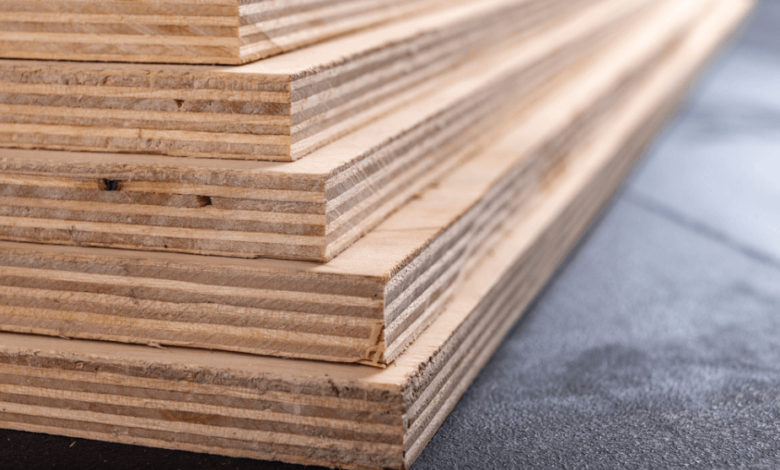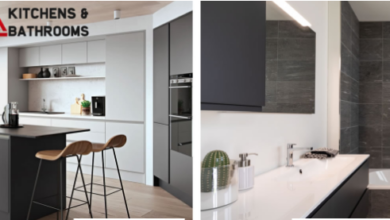What Do You Mean by E-Zero Emission in Plywood?

E-Zero emission plywood represents a significant advancement in the realm of sustainable construction materials. Unlike traditional plywood, which can release harmful volatile organic compounds (VOCs) into the air, E-Zero emission plywood is manufactured using adhesives and materials that emit little to no VOCs during production and use. This innovation is not only for environmental conservation but also for enhancing indoor air quality and promoting healthier living and working environments.
Understanding Emission Standards in Plywood
Plywood is commonly used in construction and furniture making and historically relied on adhesives containing formaldehyde and other VOCs. These emissions pose health risks and contribute to indoor air pollution. E-Zero emission plywood, however, adheres to stringent standards that limit or eliminate VOC emissions, making it a safer choice for both builders and occupants.
Comparison with Traditional Plywood Emission Standards
Traditional plywood often complies with less rigorous emission standards, such as E1 or CARB Phase 2, which allow for minimal levels of VOCs.In Contrast, to the Traditional Plywood, E-Zero emission plywood surpasses these standards by employing alternative bonding agents that are; free of formaldehyde or just used in quantities well below regulated thresholds.
Manufacturing Process of E-Zero Emission Plywood
The production of E-Zero emission plywood involves Impressive control over raw materials and manufacturing processes to ensure compliance with strict emission limits.
Key Ingredients and Chemicals Used
Manufacturers of E-Zero emission plywood substitute traditional urea-formaldehyde adhesives with phenol-formaldehyde, melamine-urea-formaldehyde, or soy-based alternatives. These alternatives significantly reduce VOC emissions without compromising on structural integrity or durability.
Impact on Indoor Air Quality
One of the primary benefits of E-Zero emission plywood is its positive impact on indoor air quality. Reducing VOC emissions helps to create healthier indoor environments, particularly in residential and commercial spaces where occupants spend the Majority of their time.
Benefits of E-Zero Emission Plywood
Choosing E-Zero emission plywood offers several benefits, ranging from environmental sustainability to improved health outcomes.
Environmental Benefits
E-Zero emission plywood contributes to sustainable building practices by reducing the overall carbon footprint associated with construction materials. It aligns with green building certifications and standards, making it a preferred choice for environmentally conscious builders and architects.
Health Benefits
Reduced VOC emissions translate into better indoor air quality, which is essential for maintaining respiratory health and minimizing the risk of allergies or respiratory ailments. This aspect is particularly crucial in spaces where vulnerable populations such as children or the elderly reside.
Applications and Uses
The versatility of E-Zero emission plywood extends across various applications in both residential and commercial sectors.
Residential Uses
In residential settings, E-Zero emission plywood finds use in cabinetry, flooring, and furniture manufacturing. Homeowners benefit from knowing their living spaces are constructed with materials that prioritize their well-being.
Commercial and Industrial Applications
Commercial and industrial sectors utilize E-Zero emission plywood in office interiors, retail fixtures, and sustainable building projects. Its compliance with stringent emission standards ensures that businesses meet regulatory requirements while providing a safe environment for employees and customers alike.
Read also: Benefits Of Home Care Services In Fostering Social Engagement for Bountiful Seniors
Conclusion
E-Zero emission plywood represents a significant evolution in sustainable construction materials, offering enhanced environmental performance and improved indoor air quality. By opting for E-Zero emission plywood, stakeholders in the construction industry can contribute to healthier living environments while supporting sustainable building practices.





